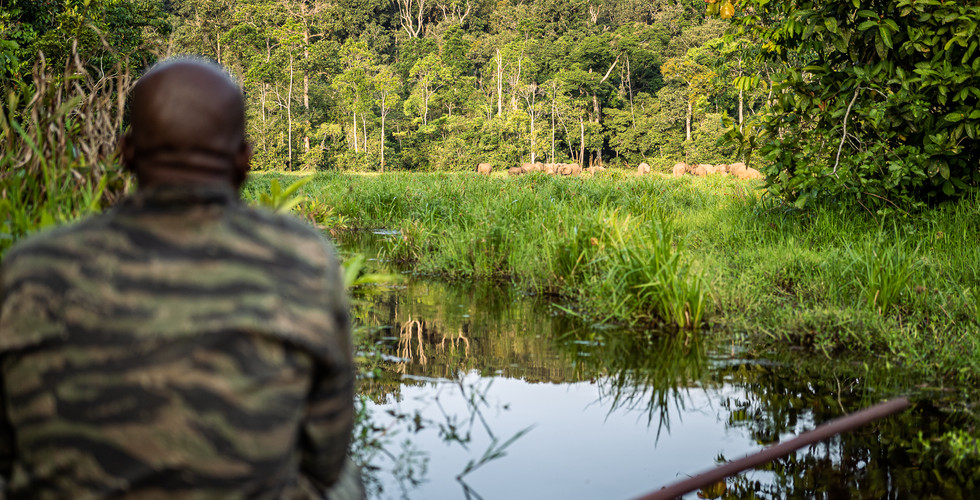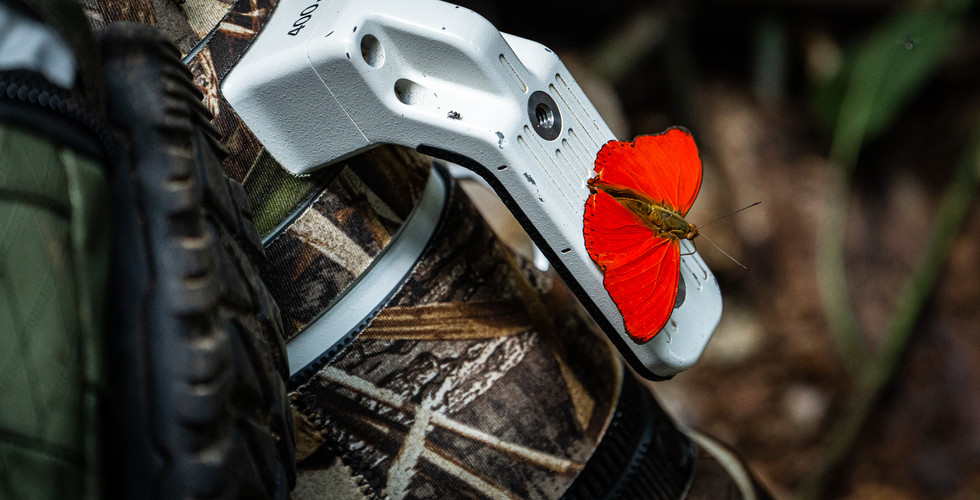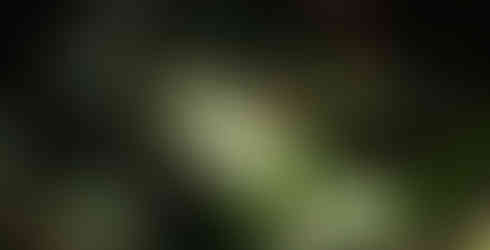Ndoki - The Timeless Forests
- Kyle de Nobrega
- Jul 5, 2022
- 4 min read
4 years ago I was invited by a friend of mine to help photograph the book for Nouabale Ndoki National Park's 25th year anniversary. I got to know the exceptionally hard working team from WCS Congo who are responsible for the inspiring and demanding task of protecting this last tract of deep wilderness in Central Africa. This time around, myself and a special guest returned as friends of Ndoki who generously granted us access as it is currently unopen to commercial tourism.
This specially designed 3 week rare-access journey across 3 National Parks in northern Congo and south-western CAR focused largely on the forests of Nouabale Ndoki. During the 8 days in Ndoki, we explored rivers and bais only recently 'opened' to the outside world and for the first time revealed to the eyes of 'tourists'. The remoteness of the area and lack of tourism infrastructure meant we had to be part self sufficient, bringing in camping gear and food for half of our stay, amplifying the wildness of Ndoki and elevating the rewards of patience and environment.
Very few places have the energy of a wilderness that deep within, wildlife exists naïve to the presence of man. Noubale Ndoki remains in a state of ancientness.
The Spirit of Ndoki
Currently unopen to commercial tourism, Nouabale Ndoki has an untainted energy and a rare sense of freedom. However, this is slowly changing and in years to come, this profound part of central Africa's wilderness will eventually become commercially accessible to those in search of impact-travel. As a land use alternative, conservation-centric tourism can benefit these regions immensely, every dollar spent is highly valuable and the awareness brought upon by travel powerfully significant. By 2024 and beyond, the area will hopefully be open to tourism to those in search of supporting a worthy wilderness.
First tourists into a remote 'Bai' frequented by Forest Elephants, Bongo and Tsetse Flies
The vast Ndoki forests within the Congo basin are some of the least effected by the hand of man and although this doesn't mean they are devoid of anthropogenic realities, they remain as wild as the pre-scribe world. In the most qualifying example of remoteness, the few anti poaching rangers that make it into the interior of Ndoki tell stories of small forest antelope walking unconcerned alongside them, pshycologically unaffected by the centuries long hunter-hunted relationship. Wildlife is diverse, abundant and hard to see. Impressively high densities of the small herding Forest Elephants exist in Nouabale Ndoki which are safest and easiest to see from the edge of the clearings. Both Great Apes from the West Bank of the Congo occur in healthy numbers and a plethora of their smaller relatives, the Old World Monkeys, are ever present and offer in equal doses neck ache and satisfaction when identifying. Forest clearings called 'bais', important nutrient cells of the rainforest, provide the best opportunities for viewing the megafauna in the Congo basin, excellent windows into a usually tangled world of concealment. Slow ground-scanning ambles open up doors to world's of confusion and the infinite intricacies on the forest floor. Fungi in very shape and form thrive, providing the forest with a desperate administration of nutrients. Nights eventually cool and the far crying hoots of Palm Civets echo across the canopy. Intermittent and consistent, the melodious calls of African Grey Parrots fill in the few gaps of sunlight through the canopy.
Biodiversity is plentiful and with patience, which is paramount, the secrets of the forest are unlocked.
A rich, biodiverse, valuable global resource
About 25 years ago, a then young and fit silverback by the name of Kingo, was slowly being habituated by researchers in the Djeke Triangle. It was the first project of its kind and where Western Lowland Gorilla research largely began. The site, along the crystal clear Ndoki stream, was originally thought to be within the CAR, back then gps systems were 'primitive'. The exceptional work continues to this day and Kingo is still seen regularly, although most of his family have left him as his strength continues to deplete. Mornings here are spent with either one of the 3 habituated Gorilla groups sometimes a stone throw away from camp. Unlike their Mountain relatives, diets are varied and include yet to be identified truffle mushrooms and cubitermes termites, both of which are carefully manipulated from their source.
Like a fly on the wall, a visit to this precision-run Great Ape project feels more like observation than immersion, giving it a uniquely special quality of viewer not participator.
The site where Western Lowland Gorilla research began
Journeying into this world offers the traveler true experiences of reciprocity - full circle safaris. Investing time and finance converts beautifully into support and awareness. Frontier travel of this kind is increasingly valuable as we continue on our journey in an overcrowded world. Africa is a wild place and the boundaries of travel progressively widen, opening up the door to worlds few knew existed. Places like Ndoki epitomize a new way of travel and thinking within Africa's tourism industry, offering equally new experiences.
Untainted Magic of Mbeli
I look forward to returning to Nouabale Ndoki. A huge thanks to the team of Bomassa for yet again an exceptional trip and for the challenging work they do to protect this remote part of the Congo, an Earth asset.
Merci mingi





























































Comments